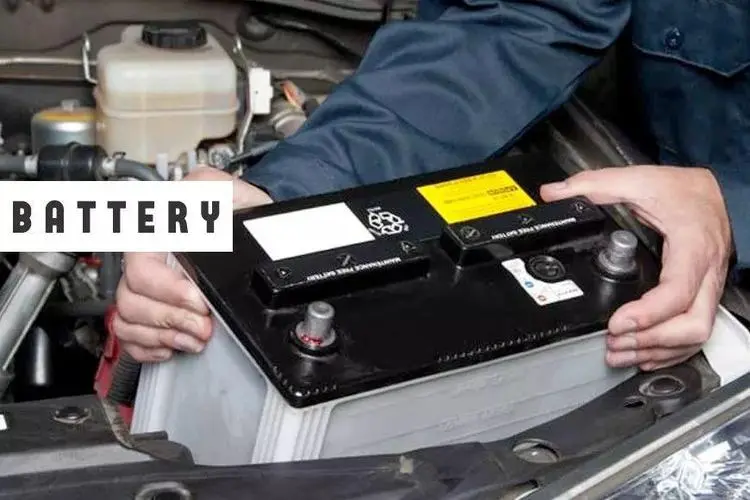欢迎您访问湖北联鸿能源科技有限公司网站,我司主营汽车蓄电池配件、工业蓄电池维护保养产品
全国咨询热线:0710-3313598

 News
NewsAs a starting power source for cars, lead-acid batteries have long dominated the field. So one wonders, can you replace lead-acid batteries with lithium-ion batteries? In fact, from the technical level, lithium-ion battery design as a starting power is feasible, and there are foreign companies have done. However, at present, lead-acid batteries are more suitable for the current situation. At present, most vehicle batteries are dominated by valve-controlled sealed lead-acid batteries.
It is a wonder why lithium-ion batteries, which have developed rapidly in recent years, have not spread to batteries.
We understand that lithium-ion batteries with light weight, high energy density, green and other characteristics, in recent years has been widely used in the field of new energy vehicle power lithium batteries, but in the car battery is rarely seen in the trace of lithium-ion batteries, why is this?
1. Security
Starting power used in automobiles is mostly fixed in the engine compartment position, and has high airtight, so safety is very important for automobiles, hundreds of amperes of the instant release of heat and potential danger is self-evident.
Lead-acid battery safety in the current battery system belongs to a very high grade, first of all, the high current performance means that the battery is not prone to accidents; Second, even in an accident, the anode and cathode materials are lead compounds, and the electrolyte is sulfuric acid solution, all three are not flammable, can only cause the surrounding parts to burn.
The cathode material of lithium ion battery is graphite, a kind of carbon material, flammability does not need to say more. The electrolyte is the ester solvent and lithium salt, the ester solvent is not only flammable but also extremely volatile (the laboratory switch glove box brought by the aroma of mostly thanks to it), once a large number of heat release or in the car collision prone to combustion or explosion, the accident will be pushed up a grade, the consequences unimaginable. At the same time, there is another important factor that cannot be ignored. Lithium dendrites are easy to form in the negative electrode of lithium-ion battery during the discharge of large current, which punctures the diaphragm and leads to the internal short circuit of the battery and then explodes. This is a consensus in the lithium battery industry.

2. Performance and cost
In terms of cost, the cost of lead-acid battery is undoubtedly the lowest, which is far lower than that of lithium-ion battery in terms of electrode material, electrolyte and assembly environment requirements.
As far as electrode materials are concerned, most of the electrode materials for lithium-ion batteries need complex process preparation, and have to go through a high temperature heat treatment process (graphitization temperature is greater than 2000 degrees, most of the cathode materials also need 70 to 80 degrees), the cost is mostly more than 15-20w/ ton, graphite may be lower; Lead-acid batteries use lead oxide and lead sulfate at a much lower cost. Electrolyte lithium ion battery using multiple ester solvent price is higher, and has strict requirements on water content, mostly within dozens of ppm, electrolyte salt lithium hexafluorophosphate is not only expensive but also easy to decompose, causing danger, one of the decomposition products is terrible HF, and lead-acid battery is sulfuric acid solution, this need not say more.
In fact, the lead-acid battery is absolutely an evergreen tree in the field of chemical power supply. It has been born for more than one hundred years. Although it has been said in recent years that it will be replaced by lithium-ion batteries, it can not be replaced temporarily in some fields. To see the problem from the perspective of development, the research of lead-acid battery has been making progress. At present, it is still unbeatable in the field of automotive starting power supply. Lithium-ion battery still has a long way to go.